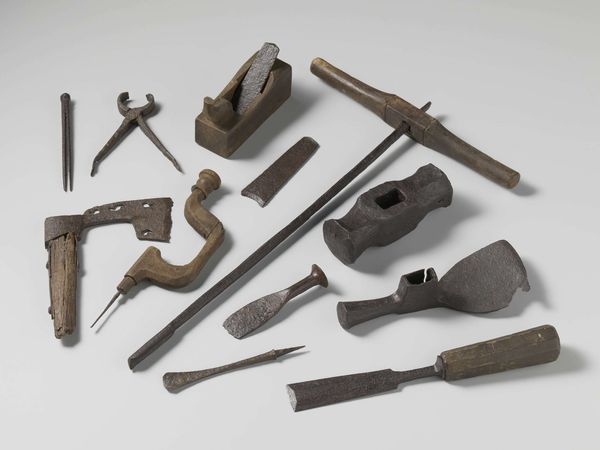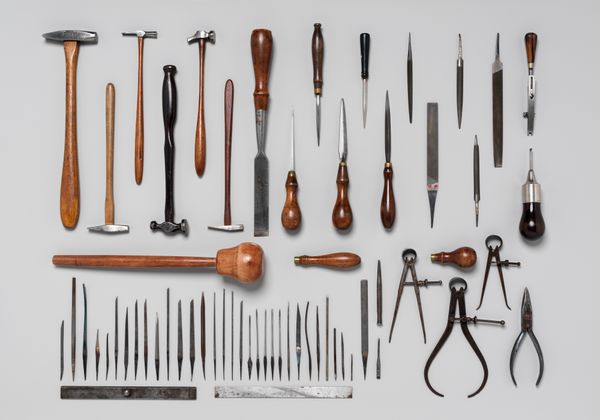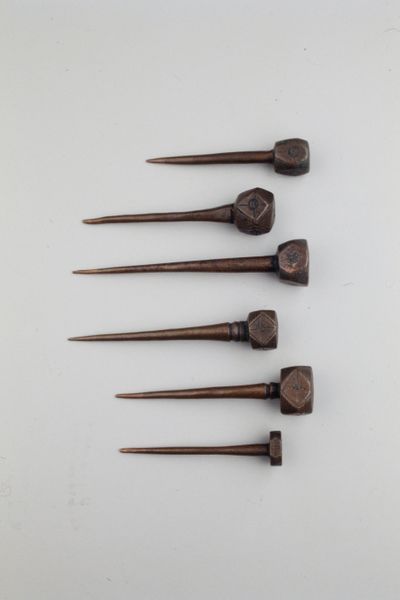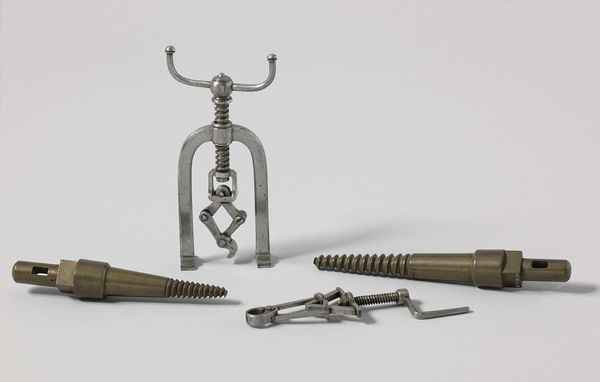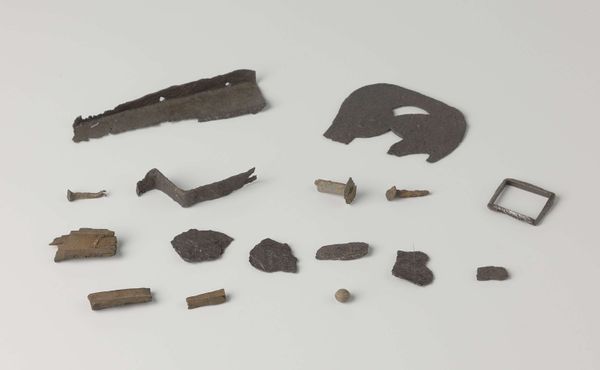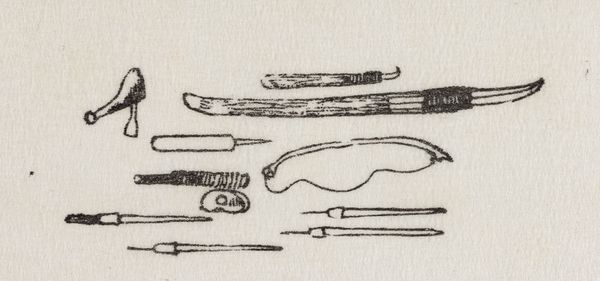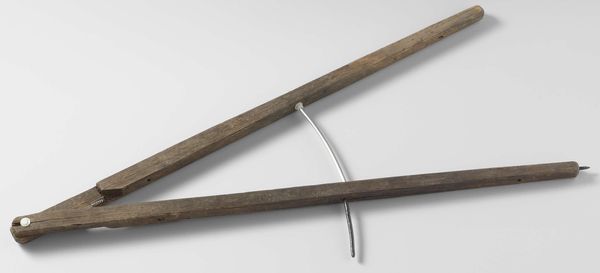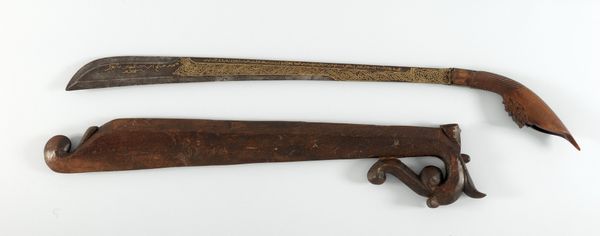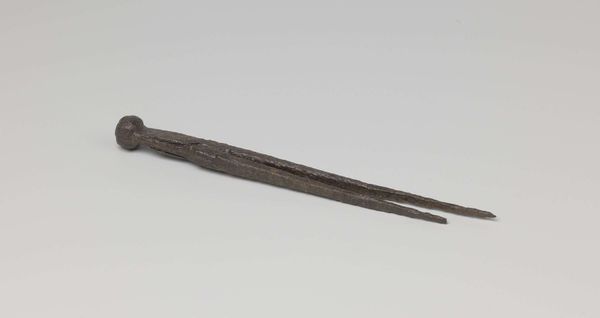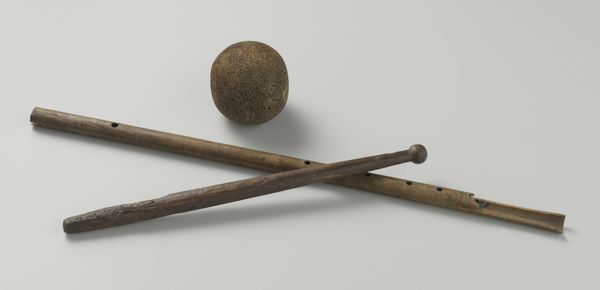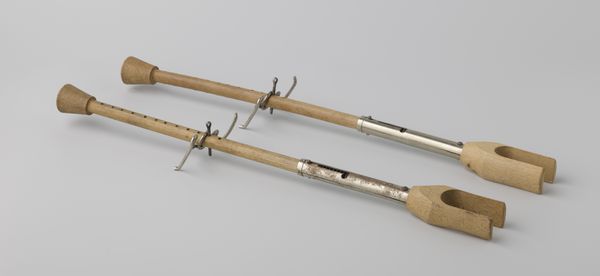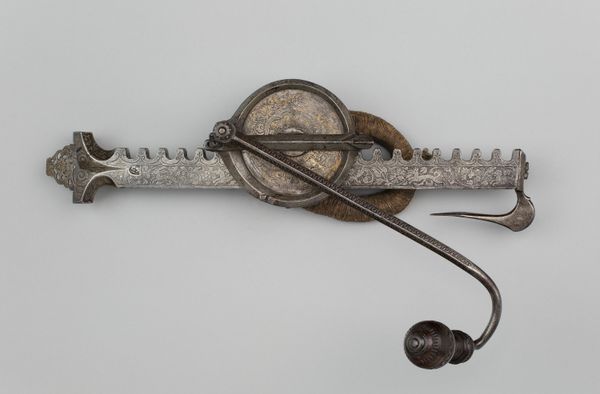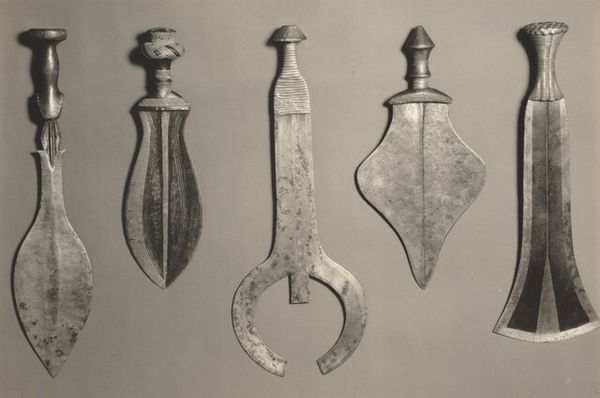
metal, bronze, wood
#
medieval
#
metal
#
sculpture
#
bronze
#
11_renaissance
#
wood
#
history-painting
Copyright: Rijks Museum: Open Domain
Editor: Here we have, “Cannonball for Two-Pounders,” dating back to approximately 1590-1596. It's an anonymous work consisting of various metal and wood elements. I’m immediately struck by the starkness of the objects – laid bare, almost clinical in their presentation. How do you interpret this collection of implements? Curator: It's crucial to understand these objects not simply as tools of war, but as artifacts deeply intertwined with the sociopolitical climate of the late 16th century. These aren't neutral items; they represent power, violence, and the negotiation of dominance on both a personal and a state level. The history painting tag points us towards thinking about this image and whether these elements are part of some greater story. Consider how advances in weaponry influenced the ongoing power dynamics within Europe, shaping colonial expansion and perpetuating societal inequalities. Who were wielding these objects? What impact did they have? Editor: So, you're saying it's not just about the physical objects, but what they symbolize within a larger system? The intersection of technology, power, and inequality, almost? Curator: Precisely. Reflect on the ways these objects were deployed to reinforce existing social structures and perpetuate colonial narratives. Understanding the context helps us question the legacy these objects represent. The question is whether they promoted social hierarchies, gender bias, or promoted the ongoing dehumanization. By what and whose standards? And can the act of putting these objects in a display change those historical narratives? Editor: That reframes it completely. I hadn't considered the ways in which they facilitated not just conflict, but also injustice. Curator: These were certainly inequitable times and objects from those eras reflect them. I find thinking about their initial and contemporary interpretations fascinating. Editor: I will never be able to look at a sculpture the same way. It helps put things in context, knowing who might have commissioned this object and why. Thank you!
Comments
No comments
Be the first to comment and join the conversation on the ultimate creative platform.
